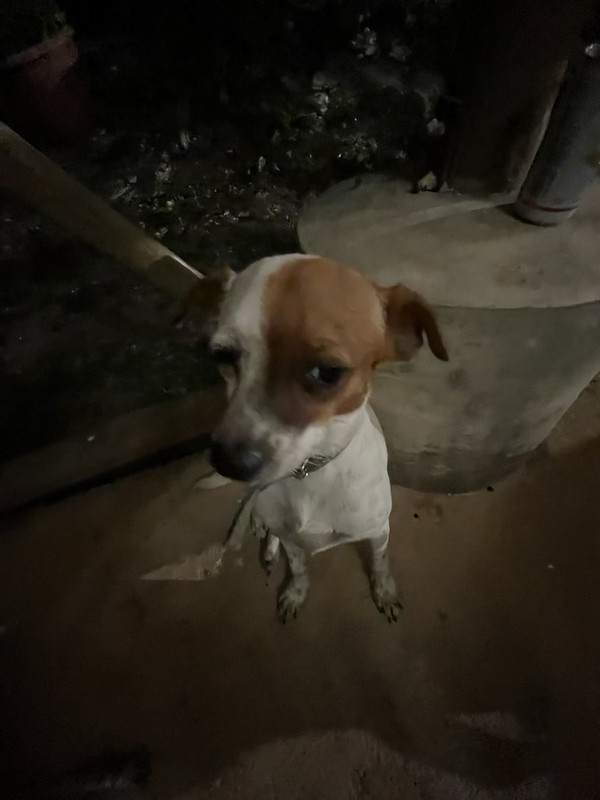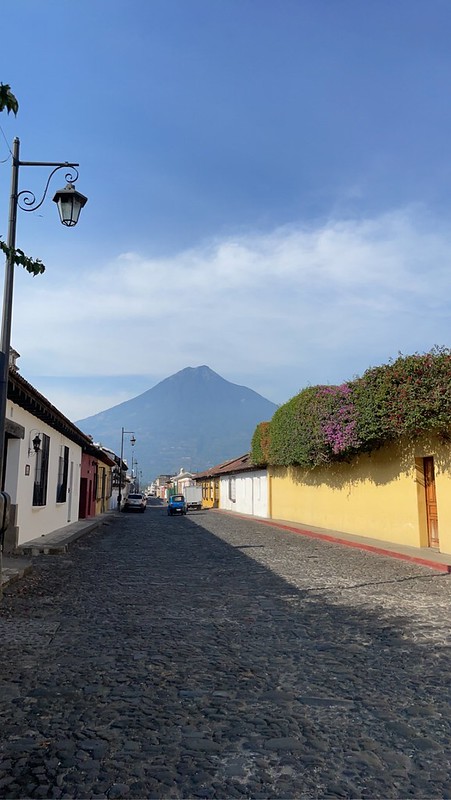Honorable Mentions:
A dog along the way on our hike up Volcán Pacaya.
A dog that wandered up to our table during a dinner in Belize.
5. The bunny at the Santiago Atitlán weaving co-op
This bunny was just watching from under the table as Atún gave his tour at the weaving co-op.
4. The friendly cat at Crooked Tree, Belize
One of many cute kitties at Crooked Tree! This one was super friendly and just wanted to come sit on our laps.
3. The 2 dogs who followed us at Santiago Atitlán
During our tour of Santiago Atitlán with Dolores Ratzán, there were two dogs who followed us around the entire town and stayed with us at every stop. They even watched our boat drive away from the dock as we were leaving.
2. The nurse sharks and rays on our snorkeling trip
Most of the group went on a half-day snorkeling trip in Caye Caulker, where we got to be in the water with dozens of sharks and stingrays! They were friendly 🙂
1. The mom of 7 kittens at Crooked Tree, Belize
At Crooked Tree, where Dr. Runggaldier works, there was a litter of 7 kittens that were just 2 weeks old. They were so cute!! A few of us were waiting for our turn to go horseback riding, so we played with the kittens in the meantime. Can you tell I’m a cat person?
-Niyati Prabhu


































